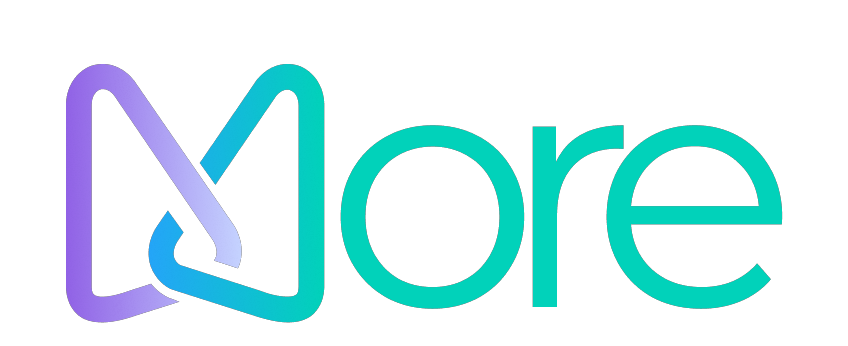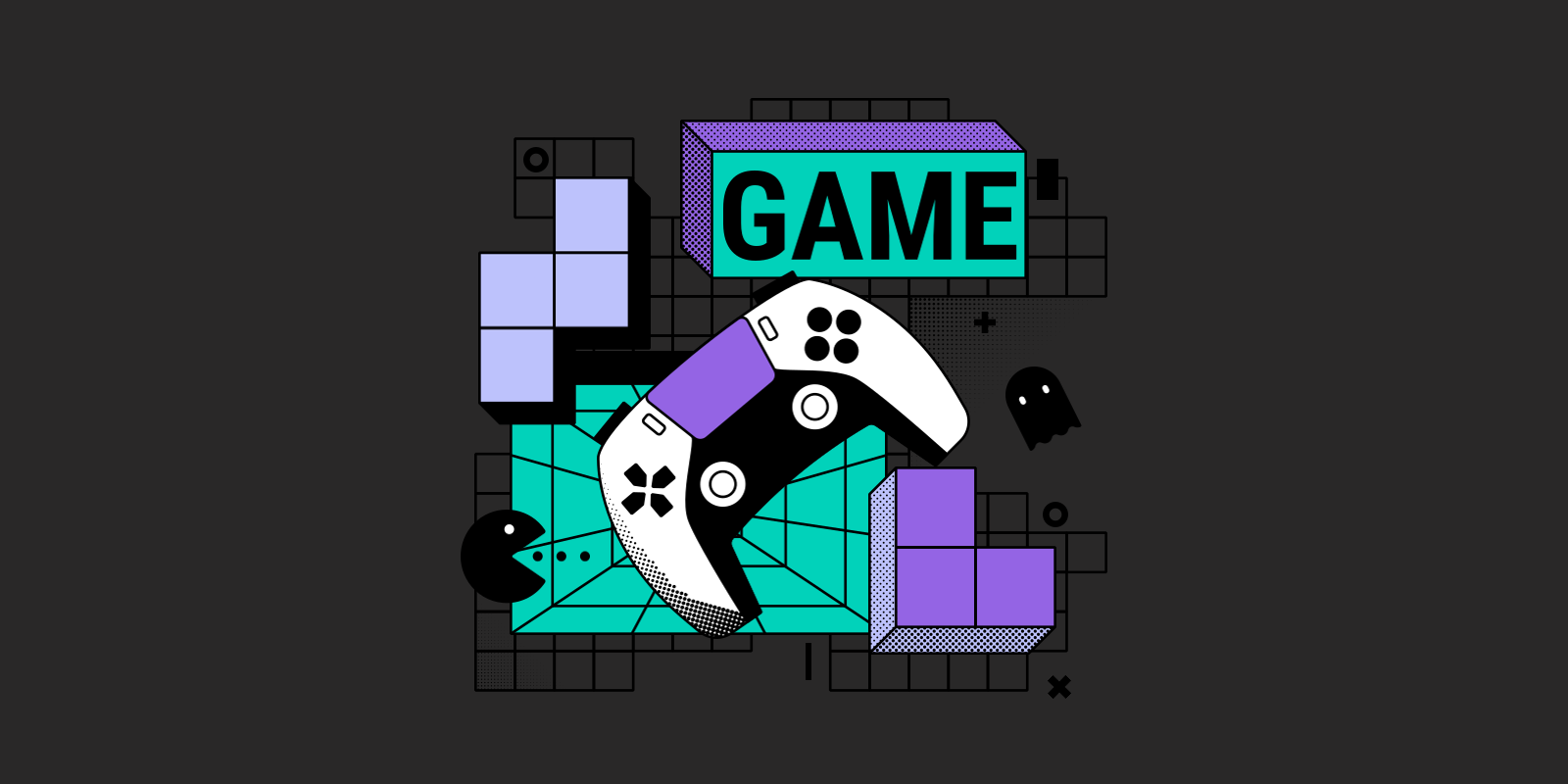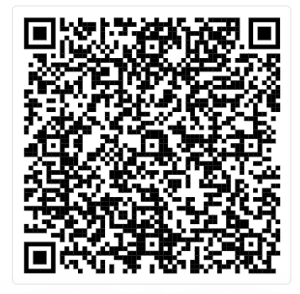What is Gamification?
Gamification is the process of incorporating game-like elements into non-game contexts, such as education, business, or personal development. These elements include point scoring, leaderboards, rewards, and challenges to motivate individuals to engage in activities they might otherwise find less appealing. When applied in the workplace, gamification boosts productivity, enhances employee engagement, and fosters a collaborative culture.
The Origins of Gamification
Gamification emerged as a business strategy in the early 2000s. Its roots can be traced back to the principles of game design—where motivating people through incentives, challenges, and fun activities was common. Today, gamification has expanded beyond gaming and is utilized across various sectors such as education, marketing, and corporate training.
How Gamification Works
At its core, gamification adds game mechanics to everyday tasks or platforms, turning routine activities into engaging experiences. Here’s how it works:
- Points and Badges: Users earn points or badges for completing specific tasks or achieving milestones, driving competition and rewarding achievement.
- Leaderboards: Competition is encouraged by ranking participants based on performance, pushing individuals to strive for higher positions.
- Challenges and Quests: Gamified systems often include challenges that encourage users to step out of their comfort zone and test their abilities.
- Rewards Systems: Rewards can include tangible benefits, such as prizes, or intangible ones like recognition among peers.
These elements tap into basic human motivations such as competition, achievement, and recognition, which can encourage participation and boost engagement.
What is Gamification in the Workplace
The business world has widely adopted gamification strategies to enhance employee engagement, drive productivity, and improve learning outcomes. Studies show that gamification can increase employee productivity by up to 40% when applied effectively.
Here are a few ways businesses use gamification:
- Employee Training: By transforming learning modules into engaging games, companies make training sessions more enjoyable and ensure higher retention rates.
- Sales Competitions: Sales teams often thrive in competitive environments. Gamifying sales targets by using leaderboards or incentives can push employees to hit or exceed their goals.
- Employee Engagement: Implementing gamified recognition systems, such as rewarding top performers with badges or points, enhances overall engagement and boosts morale.
Benefits of Gamification
Gamification offers a range of benefits, particularly in workplace settings:
- Increased Motivation: Employees are more likely to stay motivated when they receive immediate rewards or recognition for their achievements.
- Better Learning Retention: Gamified training systems enhance learning by making it interactive and fun, which leads to better retention of information.
- Improved Collaboration: Gamified platforms often encourage team-based tasks, enhancing collaboration and cooperation among employees.
- Boost in Productivity: The competitive nature of leaderboards and point systems drives employees to perform better, directly impacting overall productivity.
- Employee Satisfaction: When employees feel acknowledged and rewarded, job satisfaction and loyalty tend to rise.
Examples of Gamification in Action
Here are some real-world examples of gamification being used successfully:
- Duolingo: The popular language-learning app uses badges, points, and streaks to motivate users to practice daily, making learning a new language feel like a fun game.
- Nike Run Club: Nike incorporates gamification in their fitness app by allowing users to set personal goals, earn badges, and compete on leaderboards, encouraging users to stay active.
- Salesforce: Through their “Trailhead” platform, Salesforce incorporates gamification into employee training by rewarding users with badges and certifications after completing courses.
How Our Gamification App Enhances Workplace Performance
Our app takes gamification to the next level by integrating AI-powered game mechanics tailored to your team’s needs. Whether you’re looking to enhance employee engagement, boost sales performance, or streamline training, our solution provides:
- Customizable Challenges: Tailor tasks and quests to fit your business needs, motivating employees with personalized goals.
- Advanced Leaderboards: Encourage friendly competition with real-time updates on employee standings.
- Engagement Analytics: Use data to track engagement levels and identify areas where gamification has the most significant impact.
- Reward Systems: Offer customized rewards that resonate with your team, from public recognition to tangible incentives.
What is Gamification in the Future
Gamification is not just a trend—it’s a strategy that’s here to stay. As technology advances, gamified systems will evolve, integrating more advanced AI and machine learning algorithms. The future of gamification lies in creating personalized experiences that adapt to each user’s behavior and preferences, making gamified activities even more engaging.
Conclusion: Is Gamification Right for Your Business?
If you’re looking to enhance employee engagement, boost productivity, or improve training outcomes, gamification could be the answer. By adding game elements like points, leaderboards, and rewards to everyday tasks, you can create a more engaging and motivating work environment. Explore how our app can help you implement a gamification strategy that delivers measurable results.


